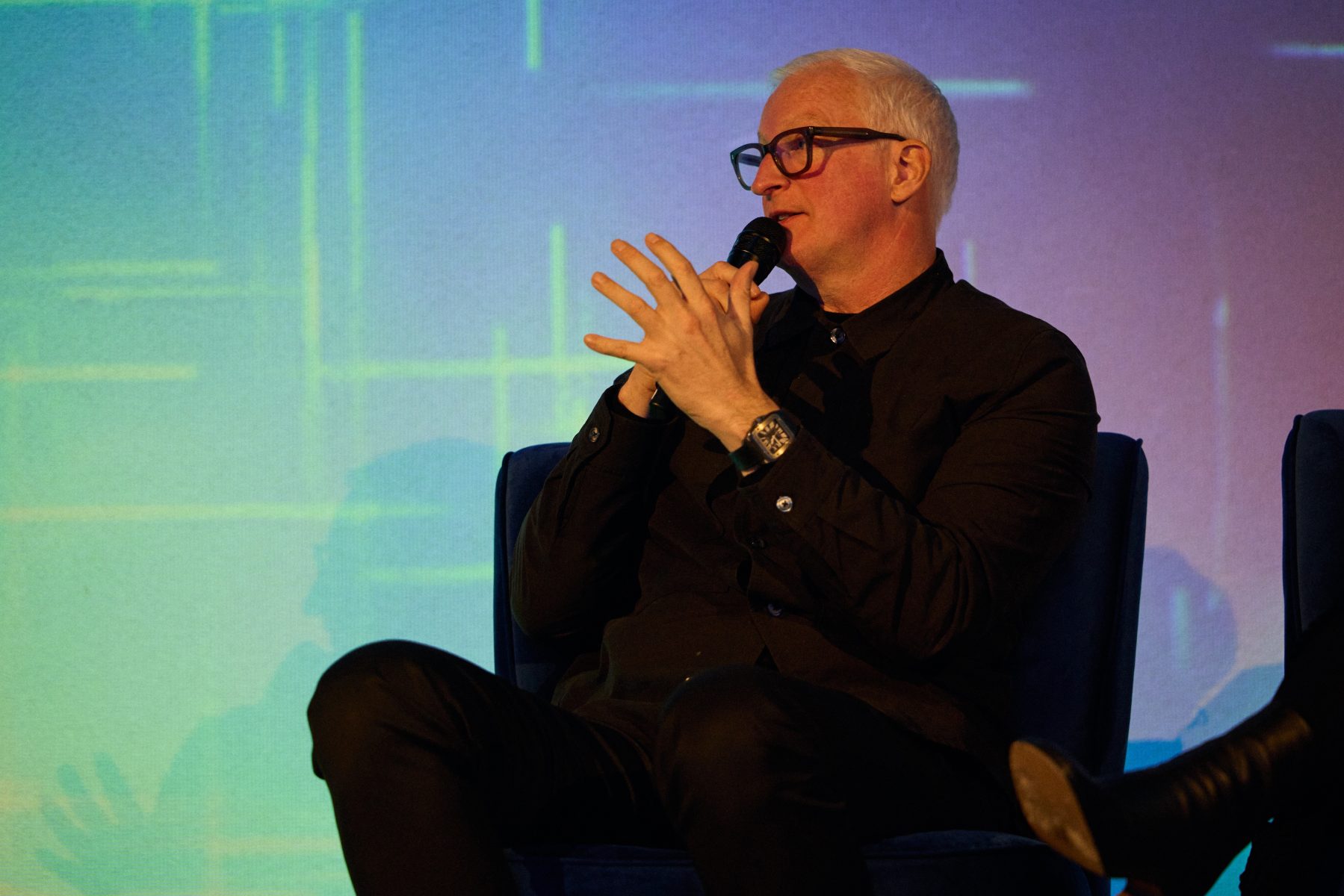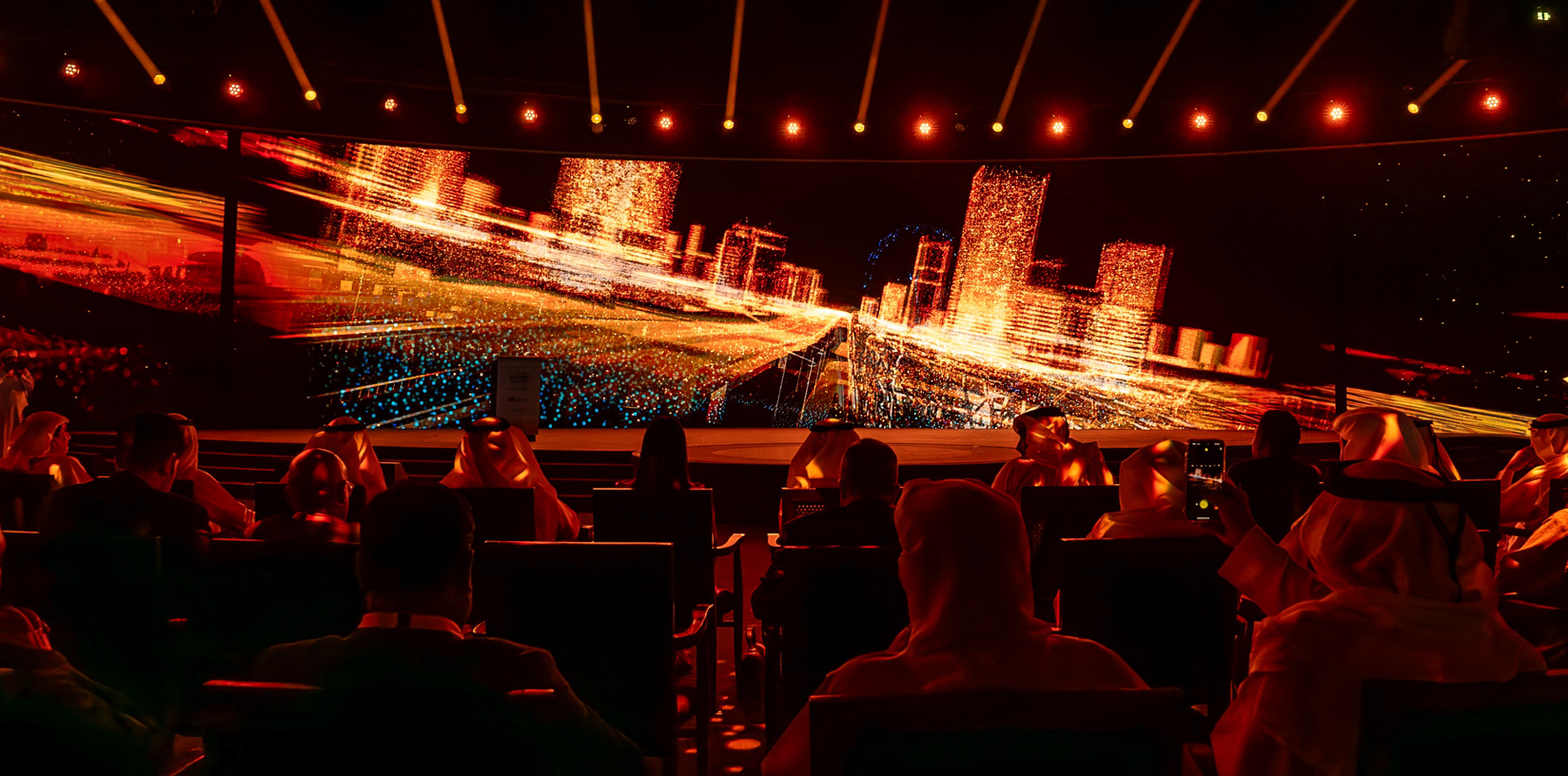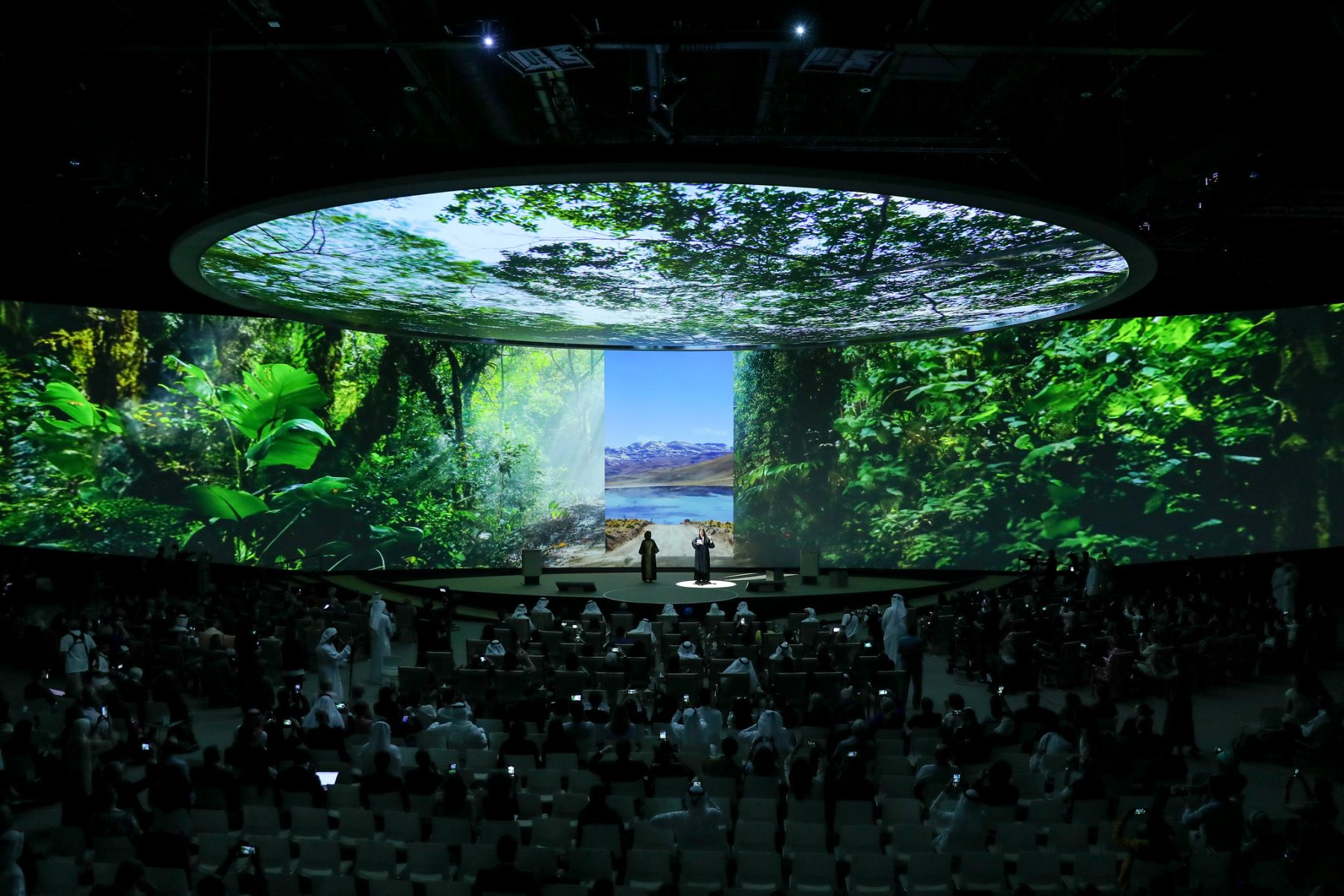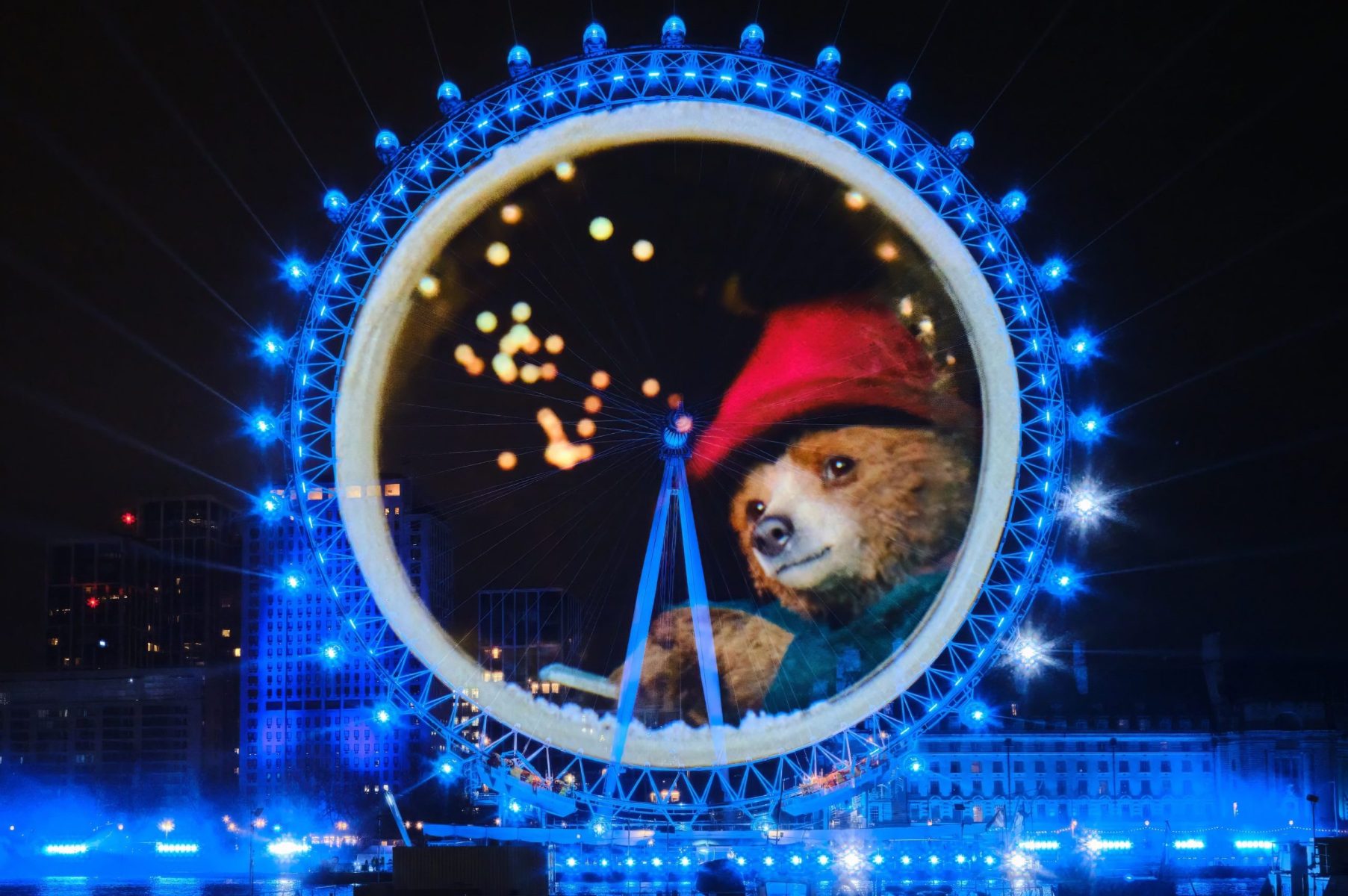Making waves
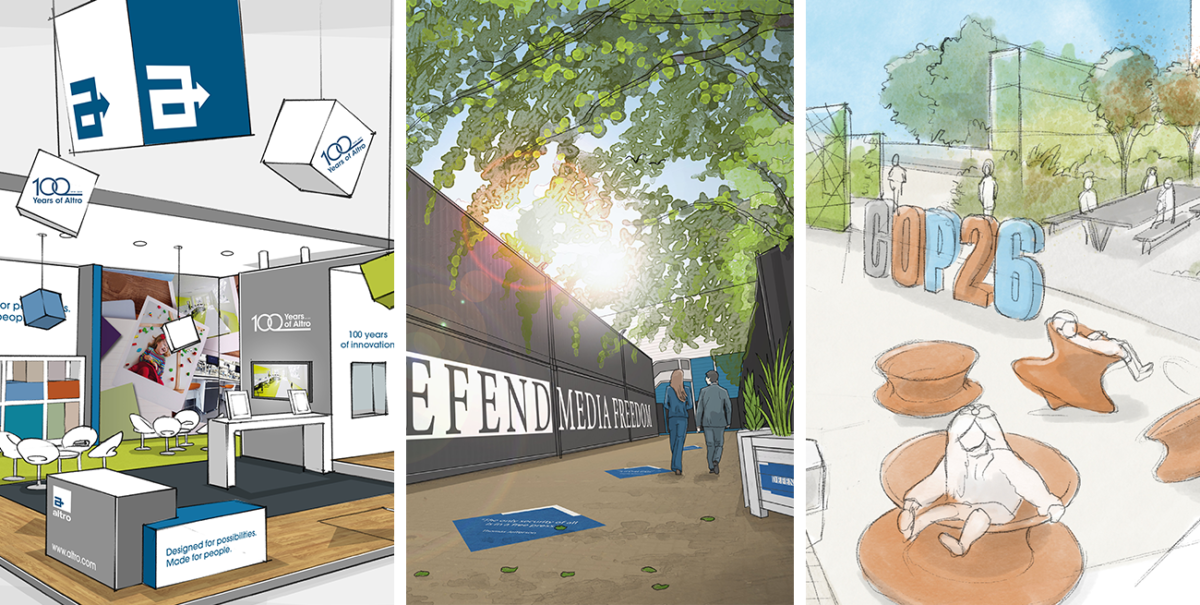
Identity has built its brand on working on what we would call ‘hero events’, and what we do is utilise our raison d’être: pioneering human experiences. From my point of view, this is about creating engaging, memorable event experiences where brands and audiences come together.
What we need to do from the creative side is have those ‘wow’ moments. When our client’s customers walk into an event, we need them to be impressed. On a day-to-day, this means having a good relationship with our customers so that they understand why it is important for the event to stick in the mind of attendees.
Being more creative as an agency has impacted our business decisions, but it goes much deeper than that. Changing the game and being more ‘out there’ with pitches to clients is a differentiating factor that can be implemented by many event businesses. It’s not just the quality of the event it impacts, nor the memorability, but also the level of customer interaction and the reach of a given event.
Trust the process
It’s not all sketches and brainstorming when being creative. Most of what we do revolves around client expectations, needs and often limitations. Therefore, a creative team needs to have touchpoints with the customer from the very start of the event cycle, to create a rapport early on.
What is vital in creating events as we do, is getting a dialogue with the customer as soon as possible. We need to understand where their boundaries are. On the one hand, you might have a highly creative customer whereas on the other you might have a large client with constraints around governance.
The early stages for us focus around putting a sketch in front of the client and asking, “what do you think of this?” From that point, we very quickly get to navigate the conversation of whether our ideas are a bit too far out, or whether they want to push the envelope with the event.
From this point, our journey becomes much more of a two-way conversation. I think during these early conversations it’s good to quickly define what success looks like for our client, and a lot of it is about finding commonalities between our goals, and our customer’s goals.
This level of comfort can vary wildly. Often it’s the large corporate clients that want us to be more experimental, whereas the government contracts invariably have other constraints upon them. Regardless, the creative process is intertwined with the digital and customer relations action points, increasing the importance of the work we do to the wider business.
Art reflects life
What our process is all about is creating a story throughout our events. Some people call this a ‘red thread’. That thread needs to run from someone walking through the door and connecting with every single touchpoint at the event under one singular idea.
What this means in practical terms, is that we must be conscious and informed of what the customer’s voice and goals are when at an event. There’s no such thing as interacting with people on a stand in a vacuum anymore – it’s about the holistic experience.
This attention to detail and awareness of the customer red thread needs to be applied to events of any size. For me, it doesn’t matter if it’s the G7 Summit, COP26 or a smaller conference, that attention to detail needs to be of the same standard throughout our client base.
I came from the advertising world and one client interaction that always stuck with me is that we had a brand walk in and talk about how we worked with Barclays, Greenpeace and many others. They didn’t want their brand to be the one shoved in the corner and forgotten about; they didn’t want it to be an afterthought.
When we talk about every single one of our creative executions, they need to be given as much bandwidth as one another, but it all falls back on the relationship we have with the customer. Finding out what their ‘light bulb’ moments are is the key, be it on the global stage or to a comparatively small audience.
For the smaller event businesses out there, it is important to ask why businesses come back to you between event cycles. Why? It’s likely not price or about personal relationships. They come back to you because there’s been a pleasing experience because you have high levels of creativity and there’s been open and honest communication.



